The new challenges in architecture, the impacts of the Information Era Technologies and the advances on digital manufacturing techniques bring new or adapted concepts, where physical space seamlessly intertwines with digital content, and where the language of electronic connections tie in with that of physical connections. Buildings are becoming computers (not machines), both performative – on I/O Communication protocols – and programmable – at material-molecule nano scale -, or even operational thanks to self-learning genetic algorithms. We are facing a change in the field of Architecture, a move towards a different form of “habitats”, where architecture is not merely inhabited, but becomes interactive and evolutionary; a technologically integrated interface.
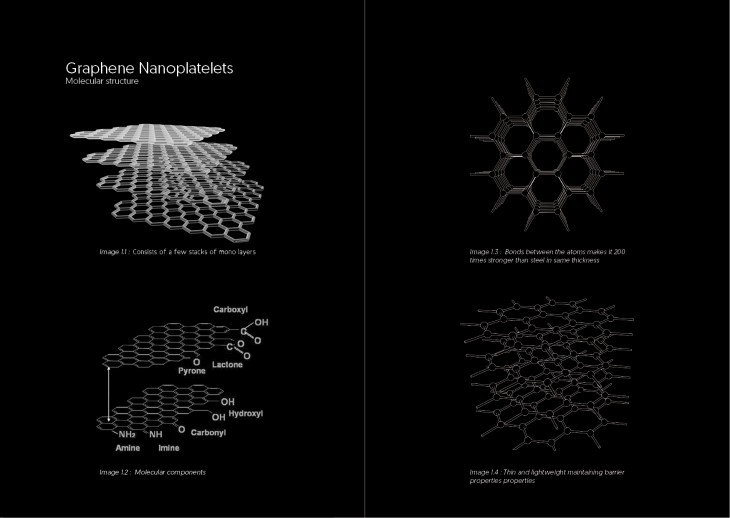
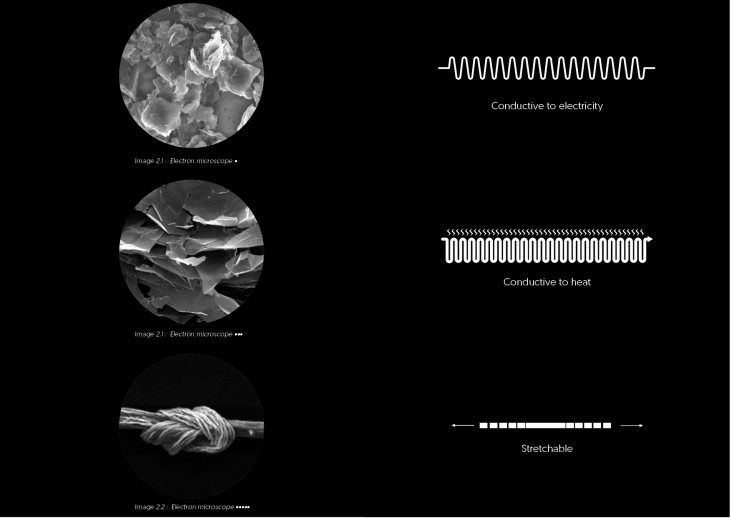
This research project presents the production of smart material components and outlines a series of findings from a set of rudimentary experiments conducted with flexible substrates which leverage the electrical properties of graphene nanoplatelets. The aim is to establish a holistic design of energy collection, distribution and storage in a singular membrane. The membrane will send real-time data feedback to the user’s and immediate surroundings via a direct response to environmental stimuli and local interaction, with the aid of graphene based components.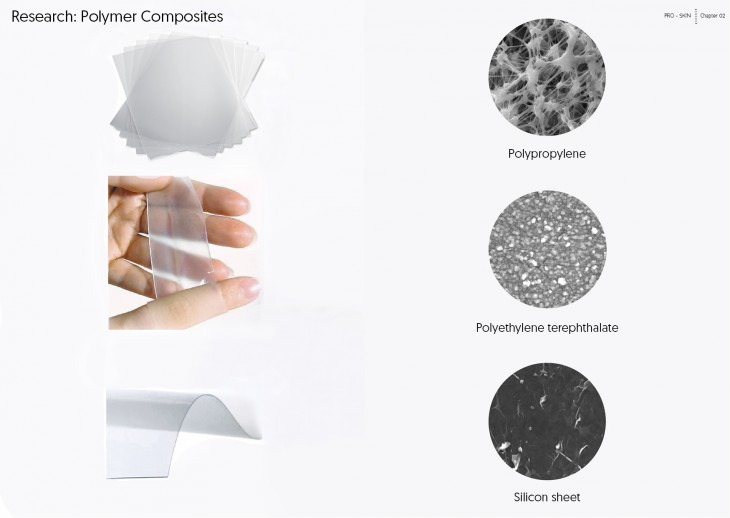
The project is developed within the framework of flexible translucent and conductive based architecture and research that works on the design of buildings or elements that react to certain environmental conditions or users needs.
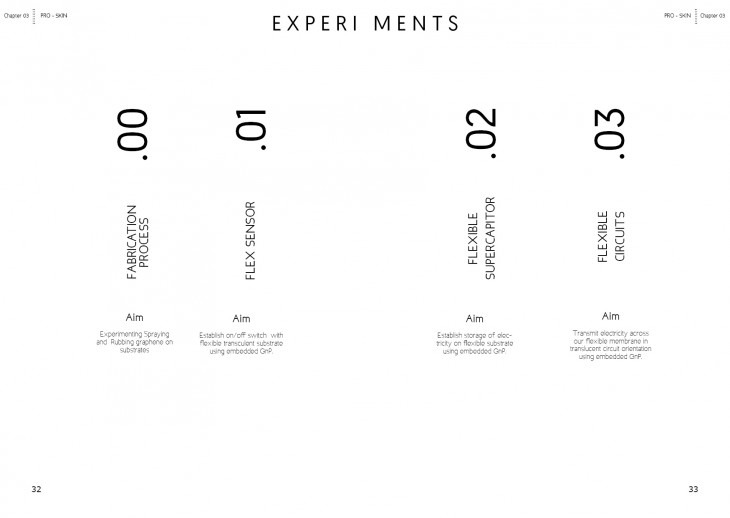
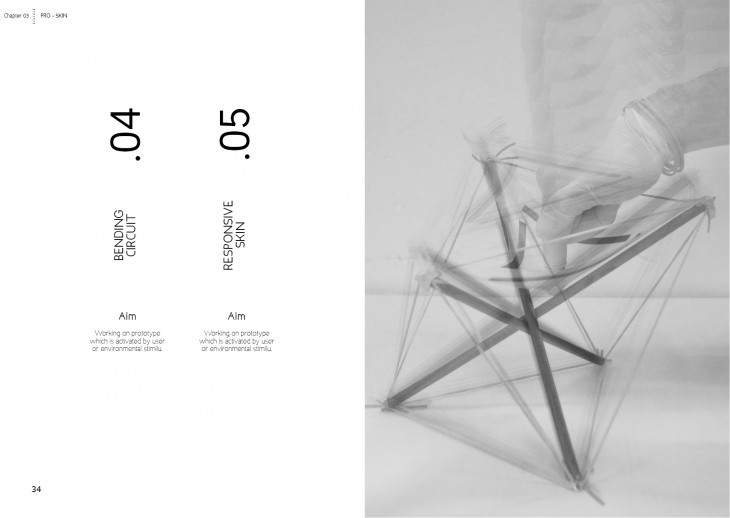
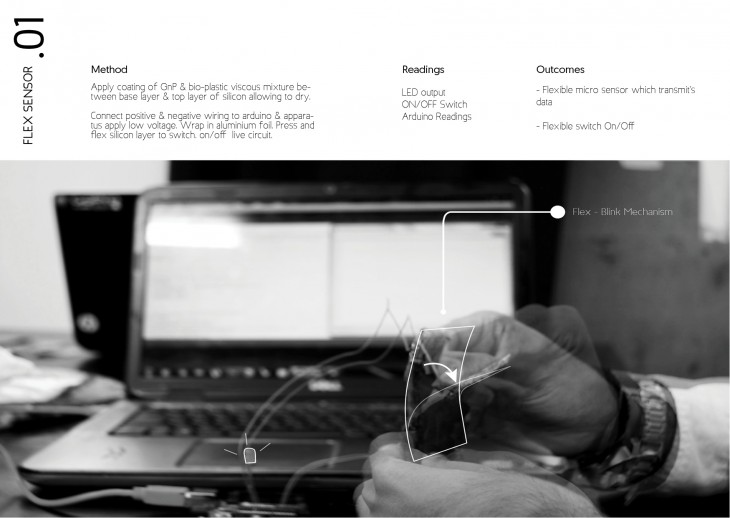
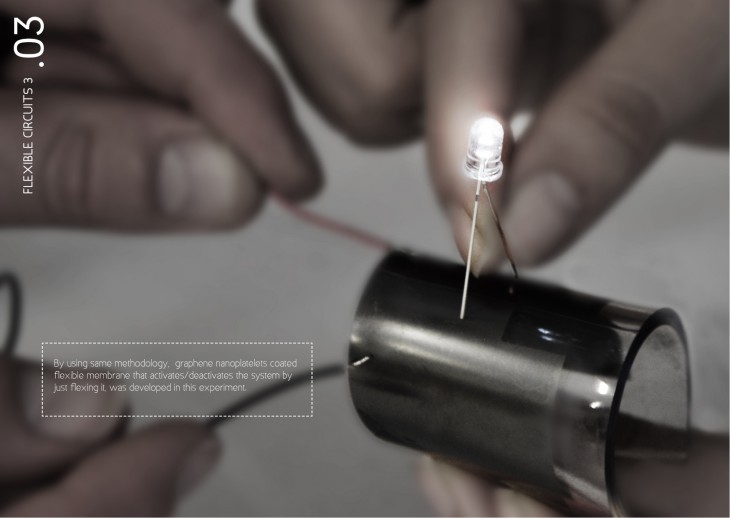
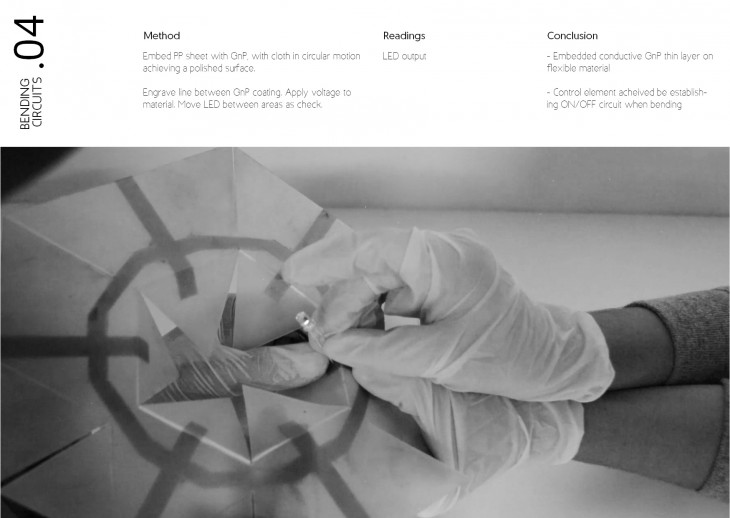
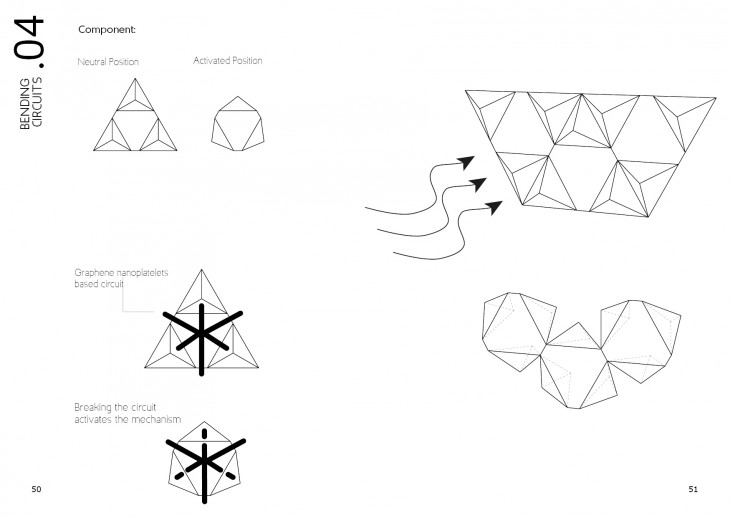
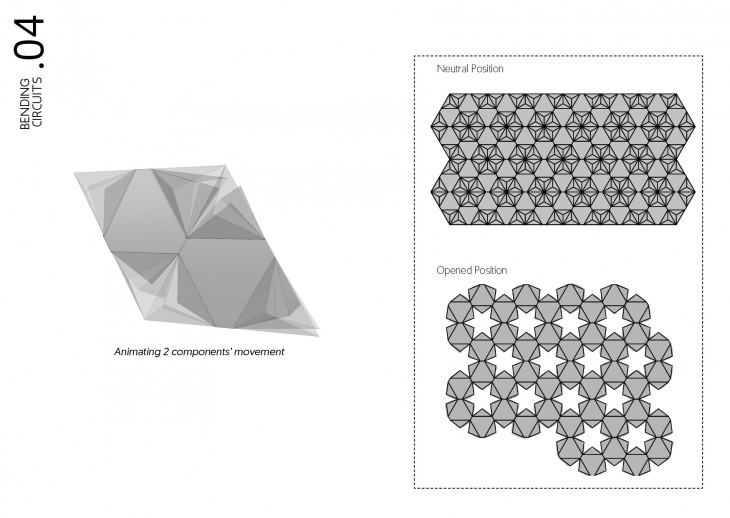
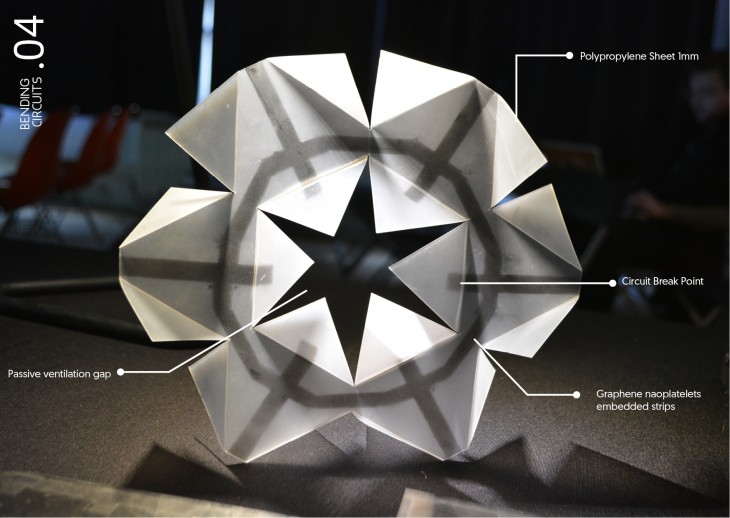
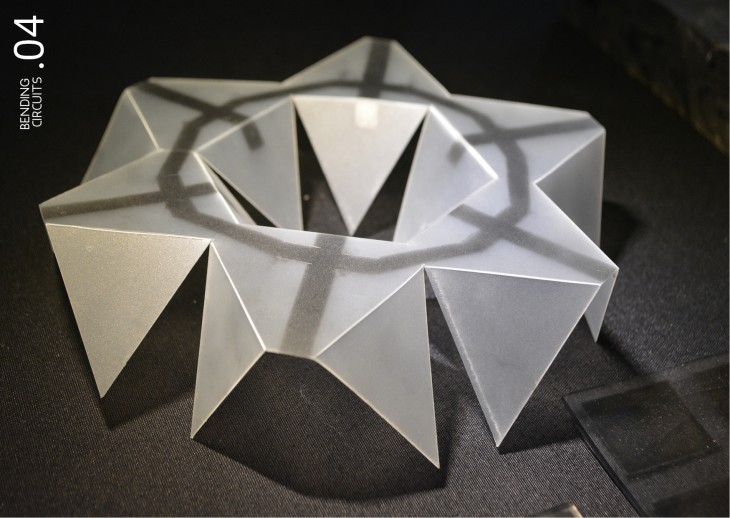
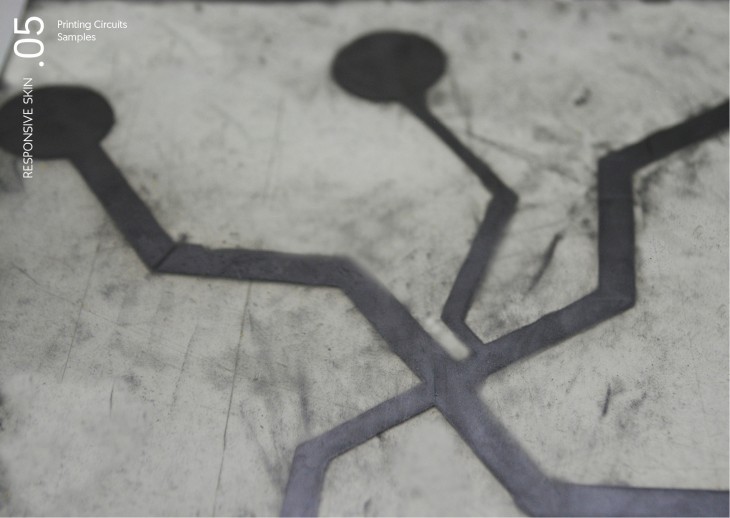
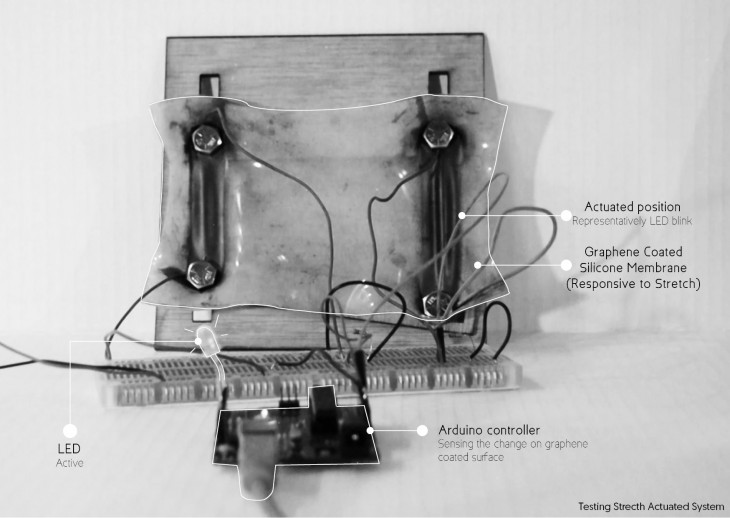
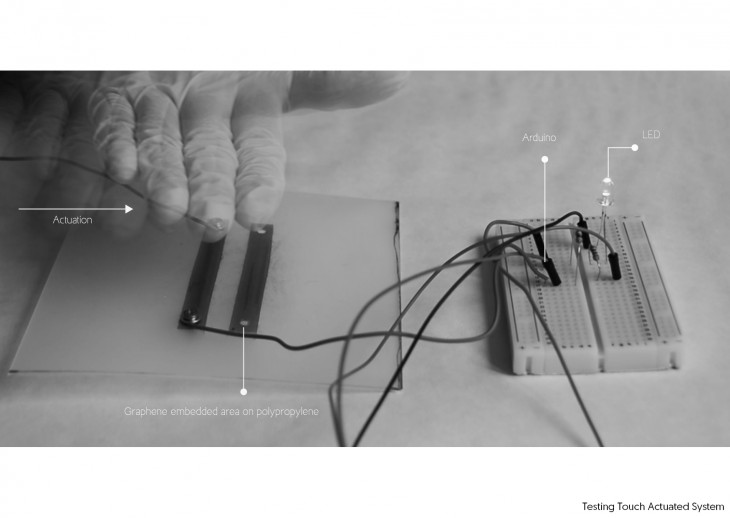
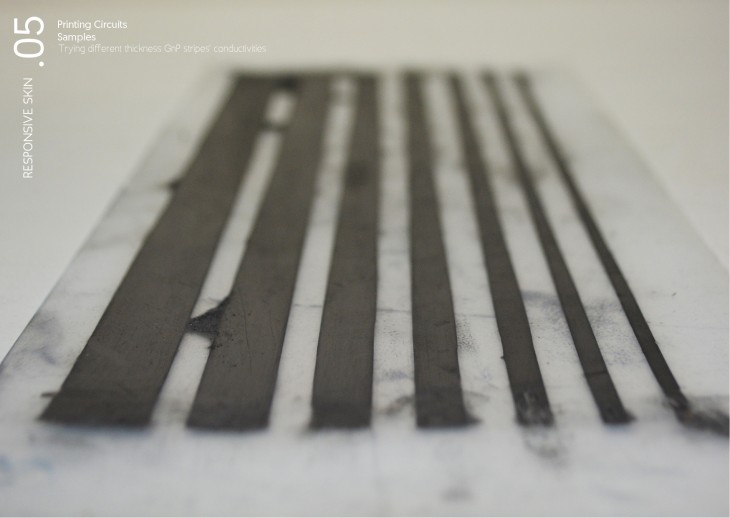
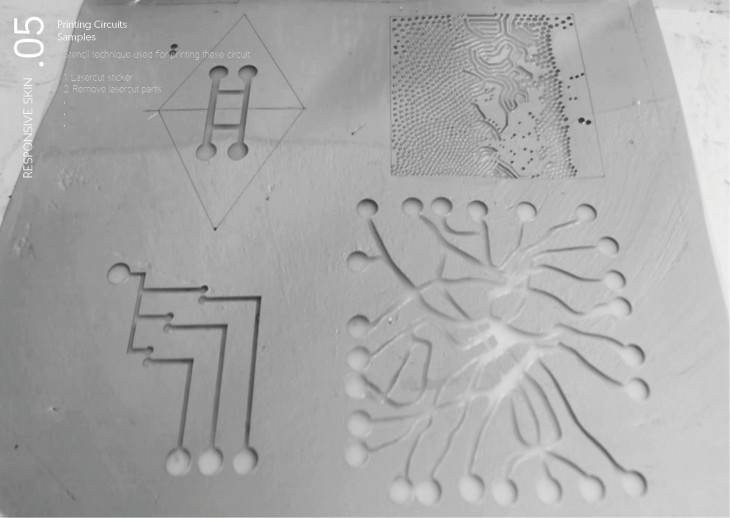
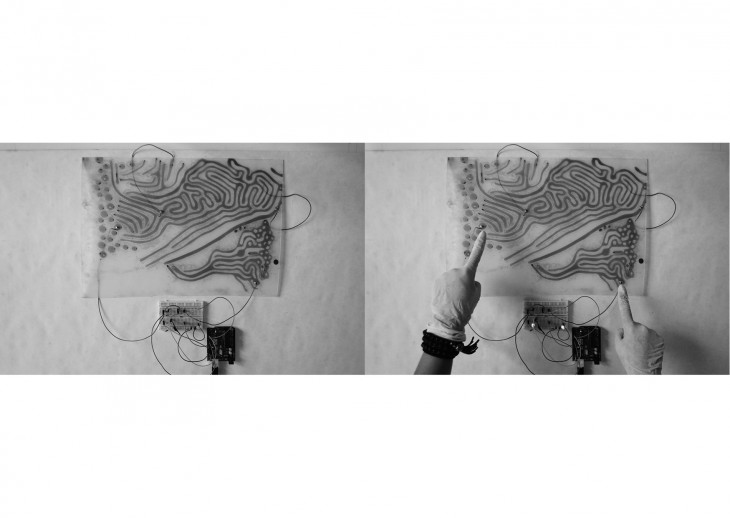
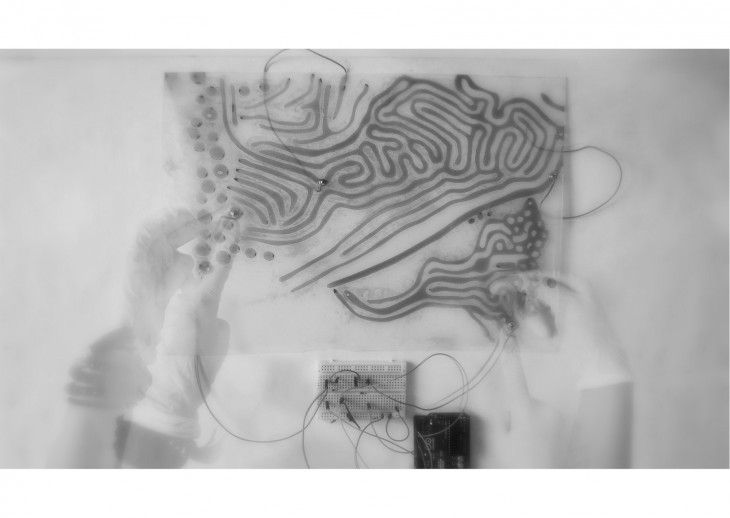
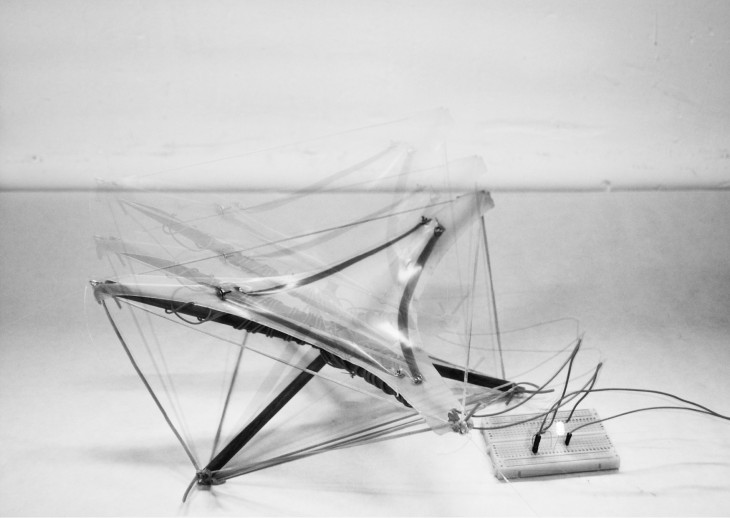
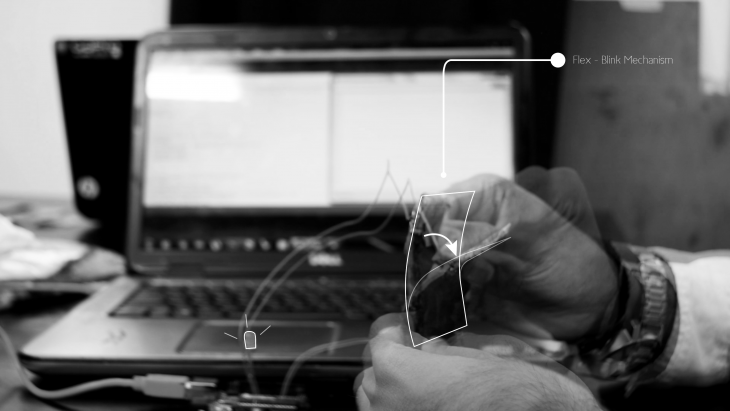
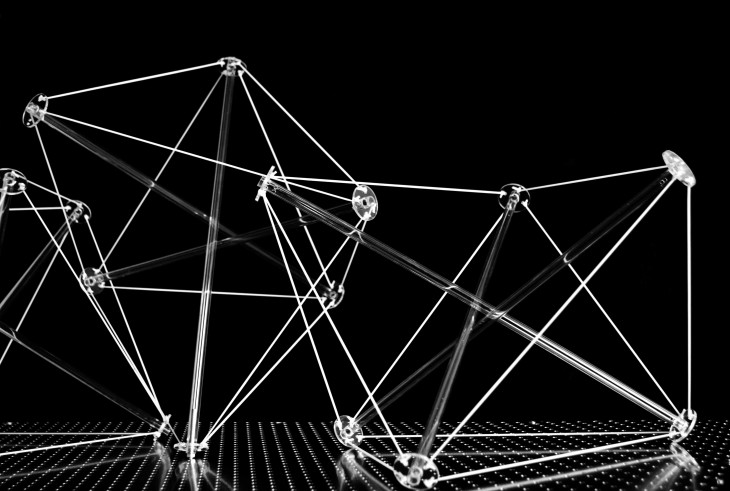

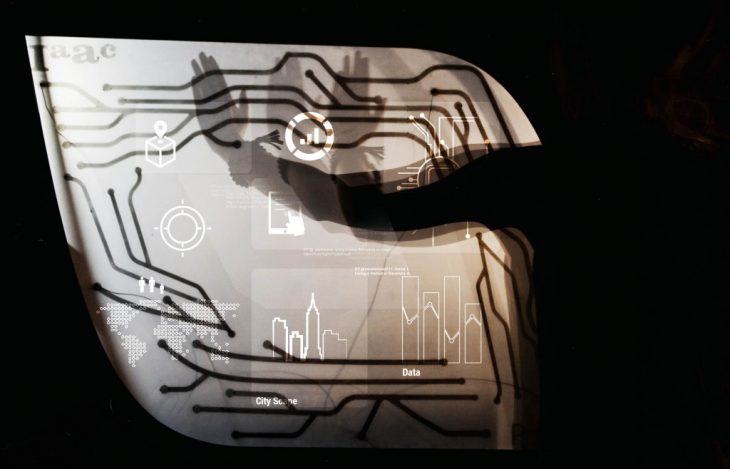
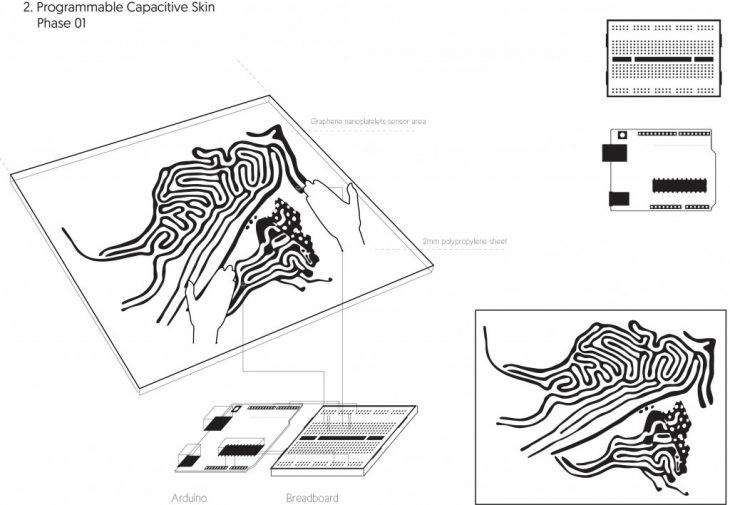

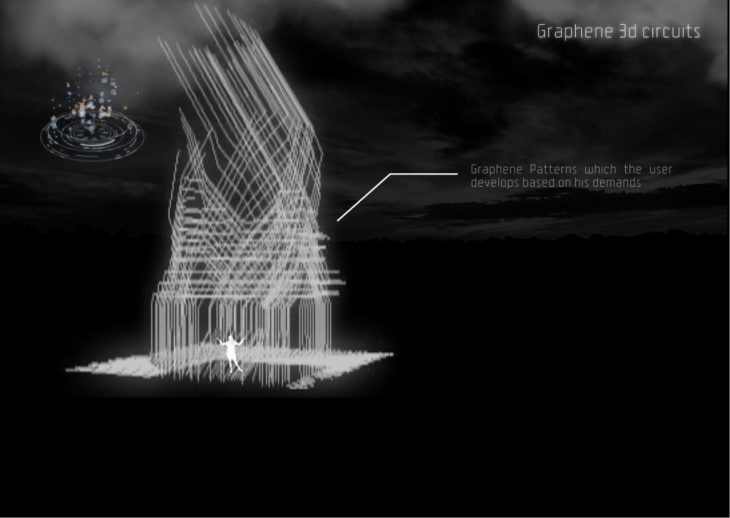
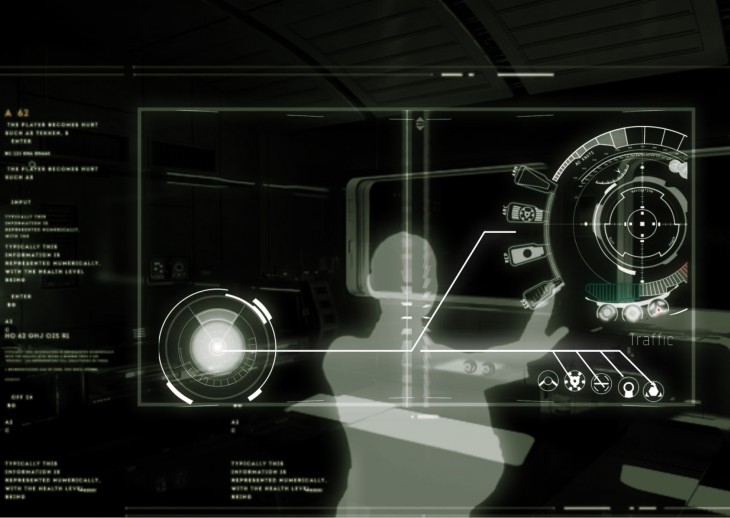
A major part of the research to this project went into the understanding of the material characteristics and general performance of graphene in an open setting, outside the realms of a controlled environment such as a laboratory, the material was designed with an open architecture to provide the freedom to explore a variety of input options. Our prototype experiments are a proof of concept to focusing on a programmable sensing skin (of stretchable, and translucent quality) for use in architecture. Our design scenarios, through manageable, inexpensive, and eco-conscious technology, embodies a vision of architecture as a changing, moving, and performing medium and demonstrates an accessible integration of media surfaces for the user and in urban landscapes.
Pro_Skin – Graphene Architecture is a project of IaaC, Institute for Advanced Architecture of Catalonia, developed at Master in Advanced Architecture in 2015/2016 by:
Students: Ingried Ramirez,Robert Staples,Burak Paksoy,Chenthur Raaghav Naagendran.
Faculty: Areti Markopoulou, Alexandre Dubor, Angelos Chronis
With help from: Manuel Kretzer, Athanassia Athanassiou, Ilker Bayer,Angel Munoz
